It’s frustrating, isn’t it?
You’re looking for a software tool that’ll help you streamline your sales process, sell more products and grow your business.
But you end up spending silly hours scouring the web, researching and comparing the features of tools available.
Sometimes a detailed, side-by-side comparison can help you come to an informed decision on the software you need.
Clickfunnels is regularly compared to a popular landing page builder, Leadpages (and Kajabi). So I’ve created this Clickfunnels vs Leadpages review post to showcase both tools and reveal the good, the bad and the ugly.
Leadpages VS Clickfunnels – a BS-free analysis
Both Clickfunnels and Leadpages are incredible marketing tools in their own right.
But there are some significant differences between the two that you need to know about. Differences that could save you a lot of time — and a lot of money.
Here’s what you can expect in this Clickfunnels vs Leadpages review:
This is a comprehensive guide that’ll (hopefully) answer all the questions you have before deciding on the right tool for your business.
Let’s begin! 😃
What is Clickfunnels and how can it help my business?
Clickfunnels is a bootstrapped $360 million dollar SAAS company built from the ground up by a guy called Russell Brunson.
When I say bootstrapped, I mean Russell built this company and got it to where it is today without any outside funding.
Not even a dime.
Clickfunnels is a software tool that uses the power of sales funnels to help you capture leads, sell products and automate your sales process.
In Clickfunnel terms, it’s a platform that “takes the power back from the tech guys” by giving anyone the ability to build gorgeous pages inside funnels that are proven to convert.
This hilarious promotional video they released does a great job at describing the fundamentals of the tool:
What is Leadpages and how can it help my business?
Leadpages is a powerful software suite that helps you create beautiful landing pages — pages designed to get visitors to take one specific action, like subscribing to your email list, signing up for a webinar or purchasing your product.
They’re one of the only platforms that let you collect leads from not just landing pages, but popup-forms, social media, text messaging and email.
Leadpages is heavily focused on the front-end of marketing — generating leads and increasing your conversion rates for visitors that sign-up to your email list.
From a user experience standpoint, Leadpages is similar to Clickfunnels with easy drag-drop page builders along with the ability to create high converting squeeze pages in mere minutes.
This video sums it up nicely:
Here’s what a typical landing page looks like in Leadpages:
Here’s an example of a basic sales funnel:
This is what’s known as a “free plus shipping” funnel. It’s a creation of the sales funnel genius, Russell Brunson.
This funnel is incredibly enticing because it offers a product for free — the buyer just pays for shipping.
Before the customer is shown their order confirmation, they’re presented with a special one time offer – also known as an OTO page. This further increases conversion rates because of the exclusive nature of the deal.
Understanding the power of sales funnels
Understanding how sales funnels work can mean the difference between making $1000 or making $10,000 a month.
Seriously.
Most businesses have a sales funnel that they use to sell their products and services to consumers. These funnels usually offer a low-priced or free offering at the top and gradually introduce higher-priced, higher-value products to the leads that come through the funnel.
This back to basics diagram explains how sales funnels work…
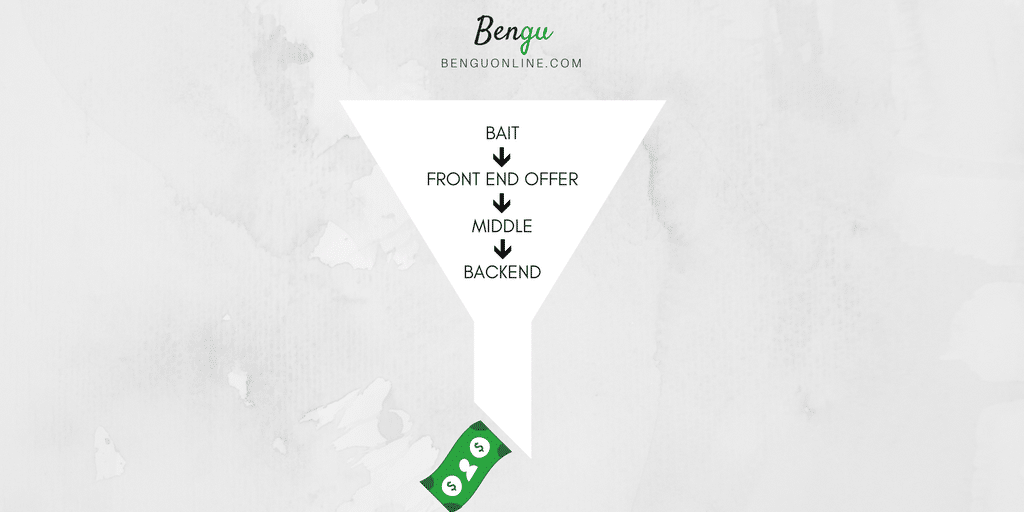
Sales funnels work like magic because they help build relationships with customers and offer a taste of your products/services without large upfront investments.
Online business owners use sales funnels to automate their marketing and create passive income streams.
Clickfunnels VS Leadpages – how do they stack up?
Leadpages VS Clickfunnels!
Who will come out on top?
In this Clickfunnels review comparison, you’ll discover some similar features between the tools but more importantly, you’ll see what sets them apart and how that translates in terms of value for your business.
Let’s dive in.
Related Content: Asana VS Teamwork
Leadpages Vs Clickfunnels – Landing Page Design
Visual design is a subjective experience. What looks gorgeous to me might look ghastly to you. Beauty is in the eye of the beholder as they say ;-)
With this in mind, the best thing to do is show you what the landing pages look like so you can make up your own mind.
Landing page templates provide the baseline for your conversion masterpiece, so they must be good! And you’ll be glad to know, both platforms have an extensive range of templates in their libraries.
Let’s start with Leadpages:
The first thing you’ll notice with the Leadpages landing page templates is the split between “Drag & Drop” and “Standard“:
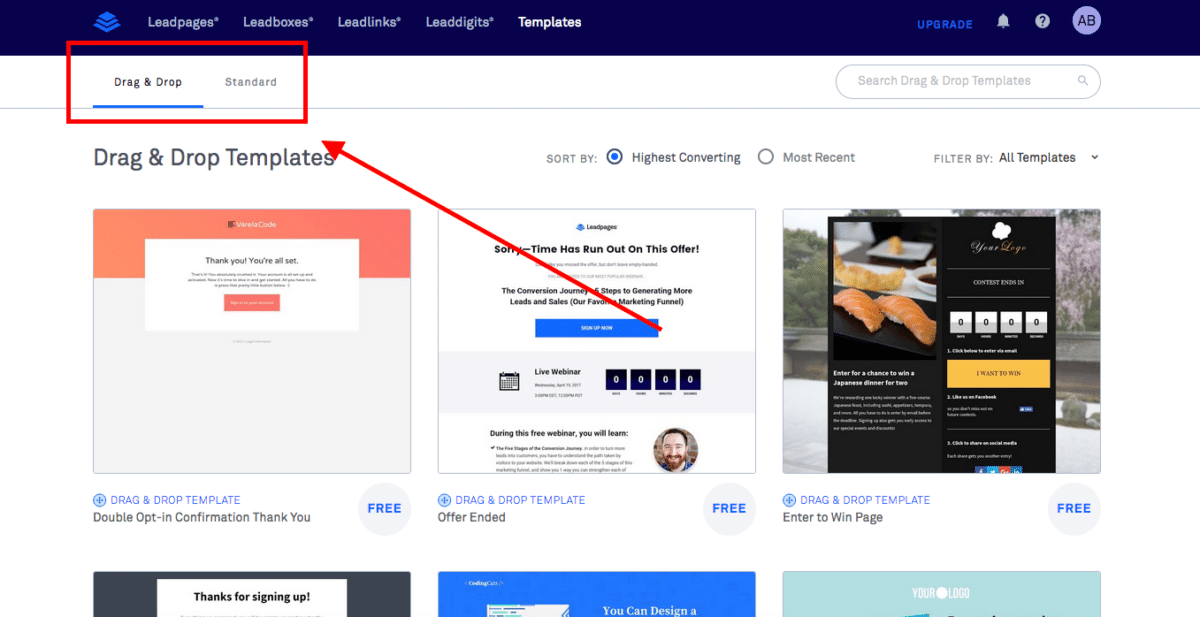
You can switch between these tabs to display both sets of templates. The “Drag & Drop” templates are a new set of templates and page builder features that make it easier for you to create pages in a shorter space of time.
Leadpages offers a combined total of 271 landing page templates…
Enough for you to procrastinate for hours, haha!
You’ll probably only use a small handful of these but it’s good to have the level of choice there.
Another great feature?
You can sort by best-performing landing pages. So you can decide based on performance as well as aesthetics.
Some great Leadpage landing page examples (click to enlarge):
Now, let’s move onto Clickfunnels pages:
Clickfunnels is structured quite different compared to Leadpages. As mentioned earlier, they don’t just do landing pages, they offer entire sales funnels out of the box.
So instead of just selecting a landing page, you choose the type of funnel you want to build based on the type of promotion you’re running:
Pretty sweet, right?!
All in, you get access to 21 sales funnels.
Each come with their own matching sequence of pages batched together. Within each of these funnels, you can select the landing page design you’d like to use.
For landing pages, you have a range of free choices available as well as some paid funnels that other Clickfunnel users have created.
In terms of landing page templates offered, Clickfunnels boasts an impressive 190 split between Optin, Sales, Webinar, Membership and Affiliates. Then they have 30 templates specifically for Clickpops (pop-up boxes).
Templates are categorised into sections, based on your requirements:
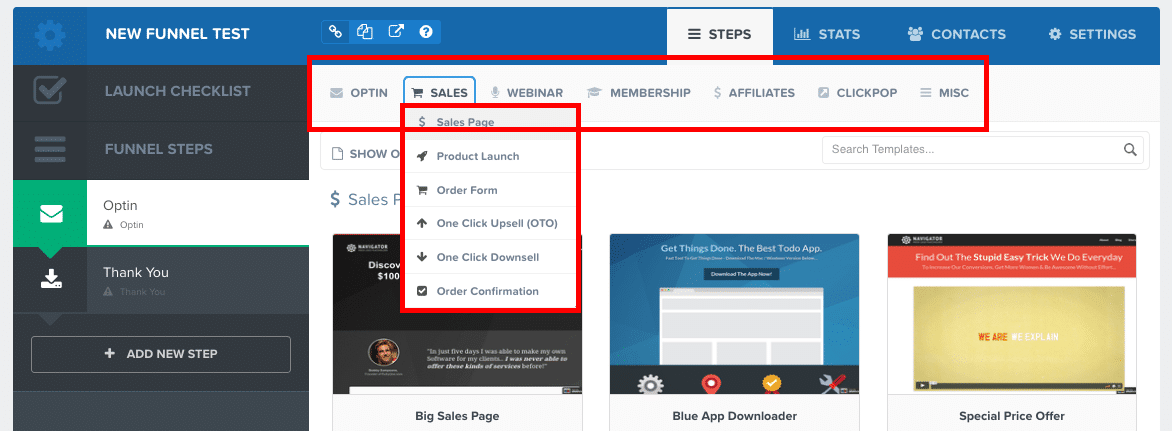
Here are three Clickfunnels landing pages examples (click to enlarge):
The final design feature I like is how you can filter through funnels based on your industry…
This is a huge time saver and provides great insight into the type of sales funnels typically used in your industry.
Clickfunnels Vs Leadpages – User Interface
This is an important one for a lot of us. The last thing we need is a software tool that’s confusing, cluttered and complex.
Again, both tools perform a stellar job in this area.
When you log in to Leadpages, the default dashboard page shows your existing landing pages and provides clear, simple options for you to create a new page, set-up a split test or explore the other features of the tool.
Check it out:
Clickfunnels has a similarly friendly user interface with primary features segmented into separate sections at the top of the page and funnel analytics at the centre of the page.
The analytics compare page views, opt-ins and sales for multiple funnels, so you can see how your campaigns are going as soon as you log in:
The picture above doesn’t show any analytics as I’m logged in to a new account (which is what you’d see when first getting started).
Clickfunnels have an amazing onboarding process:
After you sign-up, you’re presented with a 7-day challenge consisting of 4 games that each have a number of steps to complete.
In these games, you watch a set of short video clips from Russell explaining the task you need to complete. You’ll be doing things like connecting your domain, setting up your first funnel and integrating your email list.
Once you’ve finished these tasks, you get sent little freebies like stickers and even t-shirts to your home address!
The entire process is optional but it’s an awesome way to get beginners familiar with the tool.
Leadpages Vs Clickfunnels – The Landing Page Editor
Landing page editors have come a long way from a few years ago.
In fact, Leadpages’ “standard templates” use an old editor that’s more complex and less flexible than most other options on the market.
Thankfully, they’ve released their new drag and drop builder to make up for it.
Editing pages on both platforms is a cinch.
You can drag and drop existing elements onto different parts of the page and quickly add headlines, images and videos to your page through the menus on the side.
Both do a great job at making it simple and easy to create and edit your pages within the tools.
Clickfunnels Vs Leadpages – Integrations
Leadpages boasts a respectable roster of integrations — from popular email marketing tools like GetResponse, to CRM’s like Hubspot and Salesforce.
In total, they offer 23 integrations.
Here’s the full list:
Clickfunnels really shines here with a staggering 38 integrations. They do particularly well with apps for e-com business owners — you can integrate your account directly with Shopify and Shipstation, making it easy for you to sell your products through their sales funnels.
Here’s the full list:
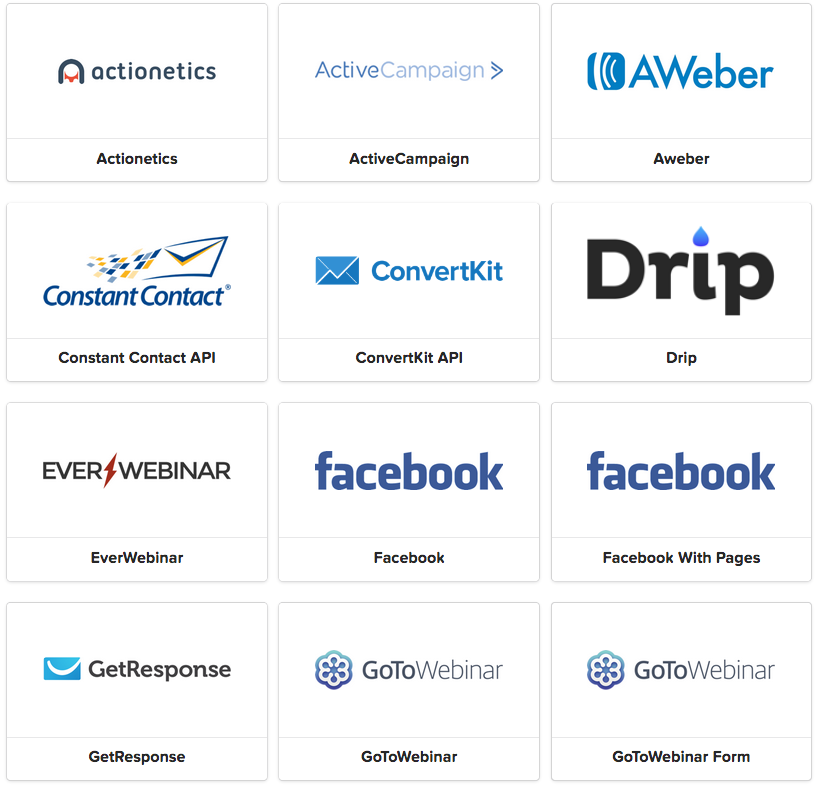
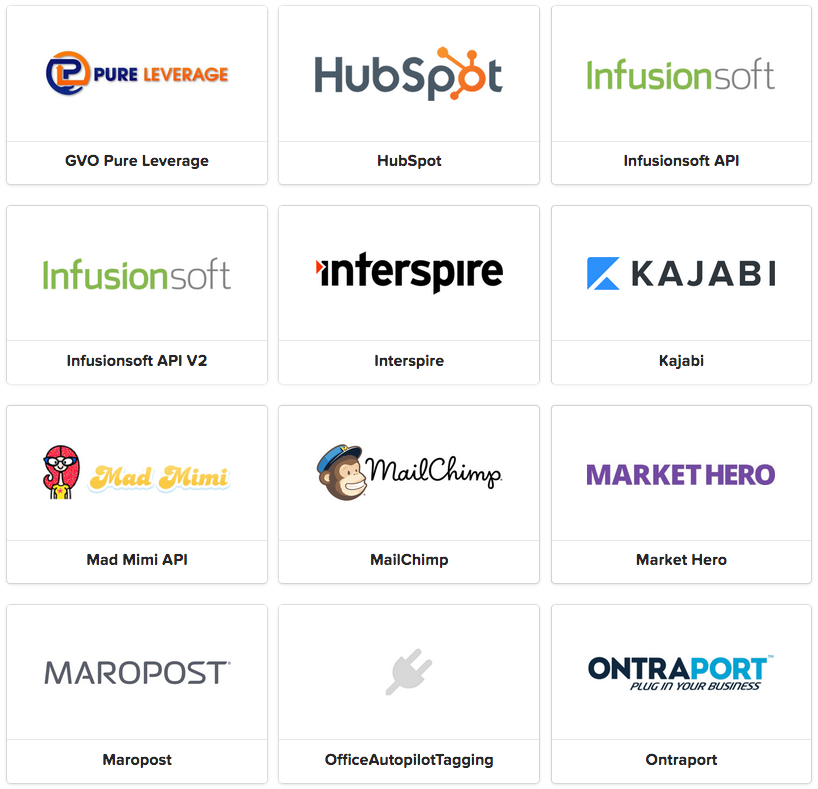
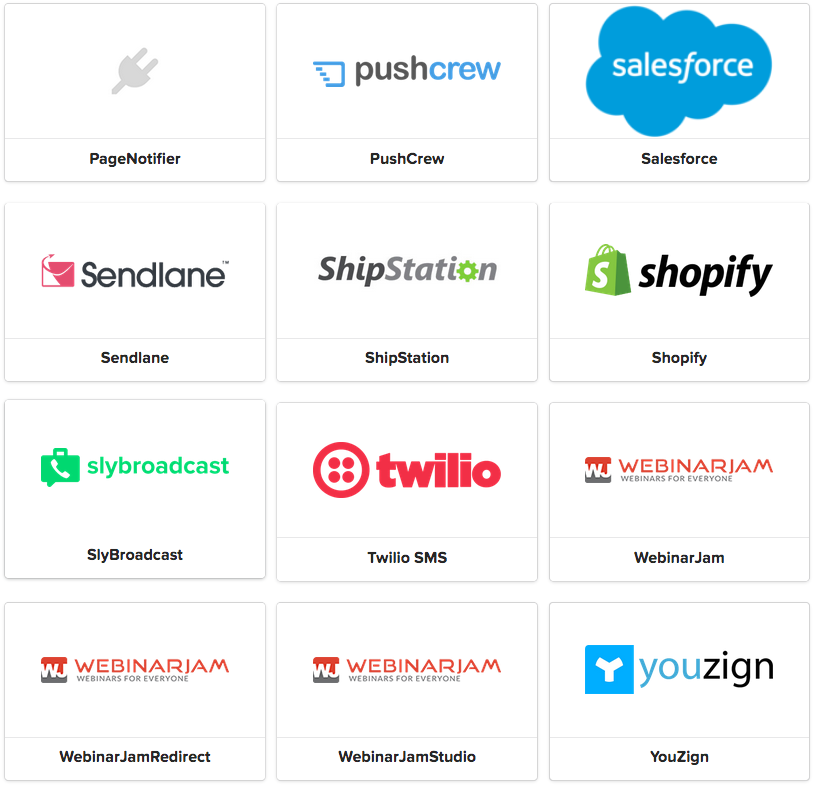
Clickfunnels also offers Zapier integrations.
If you’re familiar with software tools then you’ve probably heard of Zapier. If not — it’s a super useful tool that allows you to connect pieces of software that don’t have the right integration baked in.
So if something was missing from the integrations list, chances are, you could use Zapier to connect them together.
Another thing worth mentioning is the extensive payment gateway integrations.
Clickfunnels lets you connect Stripe, Paypal, Recurly, Clickbank, Braintree and more, while Leadpages only offers a Stripe integration at this point.
Leadpages Vs Clickfunnels – Pricing
So you’re probably wondering how the pricing stacks up with both tools. And how that translates in terms of features offered.
Leadpages pricing starts at $37 a month and goes up to $199 for the advanced plan — but the advanced plan is only available on a yearly subscription of $2400.
The $37 a month plan is barebones basic that doesn’t include what some may consider core features like split testing, checkout integrations and Leadlinks.
So you’re probably looking at the $79 Professional monthly plan for the features you need to make it worth your while.
Here’s a detailed breakdown Leadpages pricing:
Clickfunnels pricing offers a simple two-tiered pricing structure. It starts at $97 for the Standard plan and $297 for the full suite that includes Backpack and Actionetics.
For most people, the standard plan will suffice.
Here’s what it comes with:
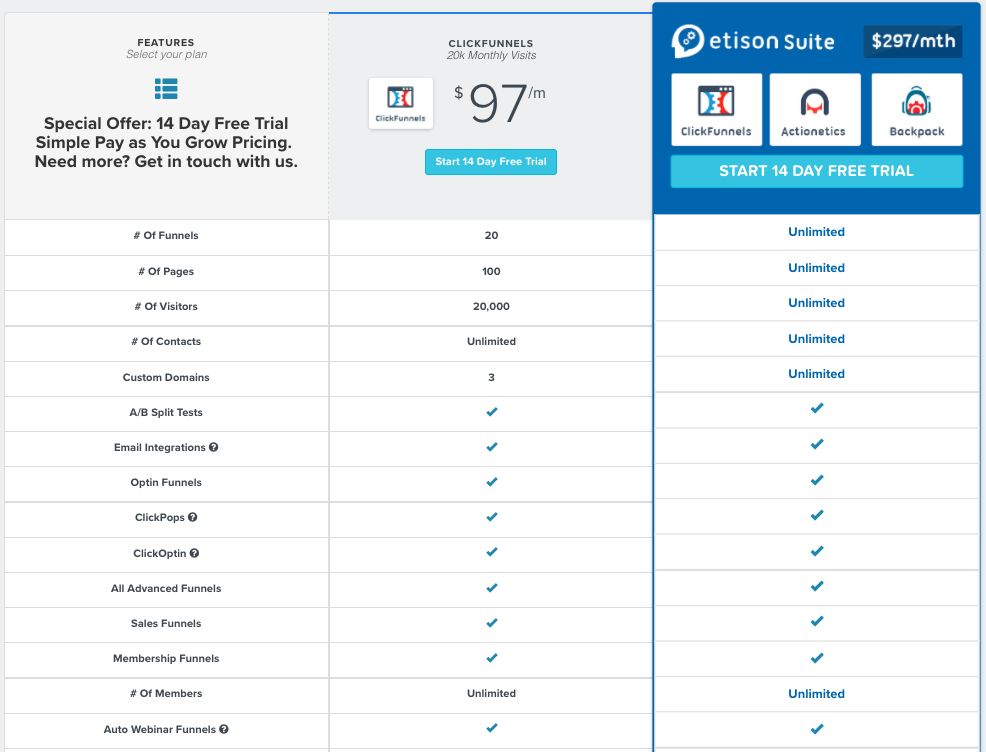
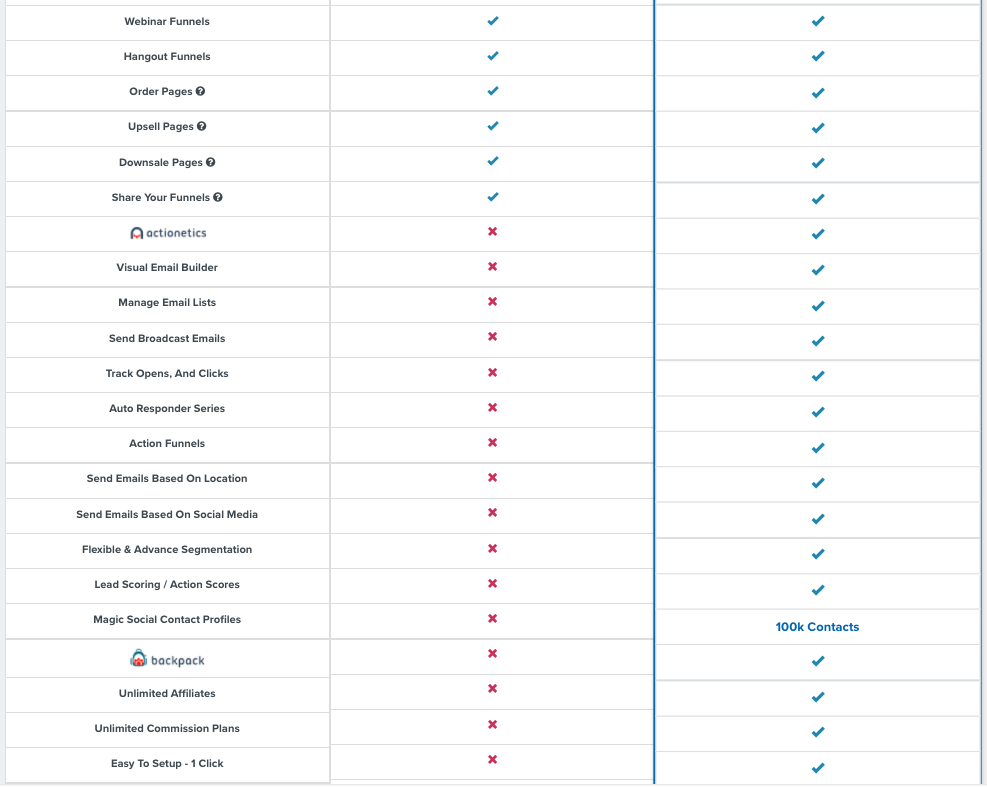
$297 is a lot of money to fork out every month.
But in return, you get a tool that replaces almost every other bit of marketing software you’re currently using.
You can ditch your email marketing, affiliate tracking and other lead generation software — you’ll have your business running like a well-oiled machine in no time!
Clickfunnels Vs Leadpages – Unique Features
Both Leadpages and Clickfunnels have features that differentiate them from each other, but it’s Clickfunnels that really pulls forward in this regard.
Let’s kick things off with Clickfunnels:
Clickfunnels – The mighty sales funnel
One of the key differentiators for Clickfunnels is the features surrounding sales funnels.
These funnels can save you weeks of time figuring out the best way to promote your offer by providing proven formulas for specific marketing strategies.
From lead magnets, to live demo and product launch funnels. There’s something suited to everyone’s needs.
You even have the ability to share your funnels with other people.
This is how people create funnels that work for specific industries and sell them to other people in the funnel marketplace.
Tailored Funnels
Another stand-out feature is the tailored funnels that you can purchase. These funnels go a step further in terms of customised use-case.
Selling beauty products on your e-com store? There’s a funnel for that…
Digital agency looking for more clients? There’s a funnel for that…
Selling health/life coaching services? Yep — a funnel for that…
You get the idea!
And to top it all off, many of these funnels have rave reviews from customers who’ve bought and used them.
Order bumps, upsells and OTO’s
Clickfunnels works incredibly well for anyone looking to sell a product/service — as opposed to just generating leads. With this in mind, they offer features that help you boost conversions from your marketing campaigns.
Let’s break them down one by one:
Order Bumps
An order bump is a simple feature that offers a type of upgrade right before a customer pays for a product. This usually comes in the form of a checkbox paragraph right before the order button.
When Clickfunnels first tested this feature in one of their own funnels, they saw a front-end revenue increase of 30%.
A huge increase.
Here’s what an order bump looks like:
Upsell And Downsell Pages
Part of the beauty and wonder of the sales funnel is the ability to upsell and downsell customers with relevant products. This can instantly boost your average cart value and give you the ability to spend more to acquire new customers.
Most product upsells also double-up as one time offers — which further incentivizes people to buy because its an exclusive offer.
Actionetics
Actionetics is email marketing software — on steroids. It uses powerful data gathering tools to create contact profiles populated with useful information you can use to better serve your customers.
You can also create automations, set rules, send broadcasts and pretty much do anything your existing email marketing platform can do.
A super cool feature of Actionetics is the action score. This is a score that’s assigned to each subscriber based on four variables:
- Recency
- Frequency
- Monetary value
- Social score
Actionetics looks at all these variables and sets a score based on what it finds. This helps you identify how valuable subscribers/customers are to you.
This is gold.
Why? Because you can identify certain variables that are most valuable to your bottom line and spend more time with those leads.
You can even segment your list based on these variables and deliver entirely different messages to them with something called “smart lists”.
Here’s what an Actionetics contact looks like:
The specificity of segmentation is pretty mind-boggling.
Want to learn more about Actionetics? This video does an awesome job of explaining the concepts:
Backpack
Backpack empowers you with the ability to create your own affiliate program from within Clickfunnels. This is a feature exclusive to Clickfunnels. So if you have an offer that you’d like affiliates to promote, you can do this quickly and easily with Backpack’s suite of affiliate tools.
Within Backpack, you can track affiliate sales, manage payments and set first/second tier affiliate commissions for your offers.
Also, you can add affiliate programs to specific funnels and customise them to your heart’s content.
Leadpages unique features
Clickfunnels isn’t the only platform with unique features, Leadpages has come a long way over the last couple of years by consistently improving and updating their software.
Let’s cover what stands out for Leadpages:
Facebook Ads Integration
A feature released back in November 2017 is the ability to quickly and easily create Facebook ads from your landing pages.
Leadpages is one of the few platforms that integrate directly with Facebook ads at the moment.
The Facebook ads manager is notorious for being complex and confusing, so a feature like this is valuable.
When you go to publish your landing page, you’re given the option to create a Facebook ad…
The whole point of this integration is to simplify Facebook ad setup.
And Leadpages further streamlines the process by creating a custom audience and connecting your Facebook tracking pixel to your page automatically.
Pre-populated form fields
Leadpages do a great job with pre-population. If someone has added their info to any of your web forms (that you’ve connected to your Leadpages account) it’ll automatically pull this information into Leadbox forms.
So instead of your lead adding their name and email address before hitting submit — life is made easier for them by prepopulating those fields.
A great way to boost your conversion rates by a few percentage points!
Clickfunnels Vs Leadpages – Final words
This wasn’t exactly an apples to apples comparison. Leadpages is clearly more focused on the landing page elements while Clickfunnels is all about sales funnels.
But when it comes to comparing any marketing software tool to Clickfunnels, Leadpages is the only thing that comes close.
So which one is better?
It depends on what you’re looking to accomplish with your online business.
If you’re just getting started and looking to generate leads to build your email list, Leadpages will be a great option for you.
But if you’re looking for a flexible tool that will help you grow, scale and automate your marketing — Clickfunnels all the way.
So what’s it going to be?
The choice is yours. :-)

I’m a London-born lover of technology, obsessed with online business, passive income and the digital economy. I love learning, researching and curating the most valuable resources to save you time, money and help you discover the truth on what it actually takes to achieve your goals.
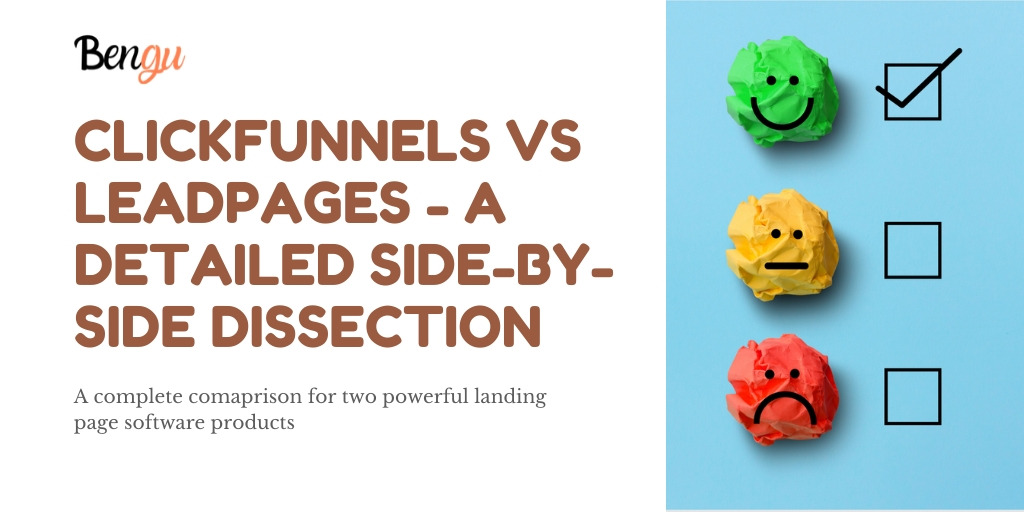
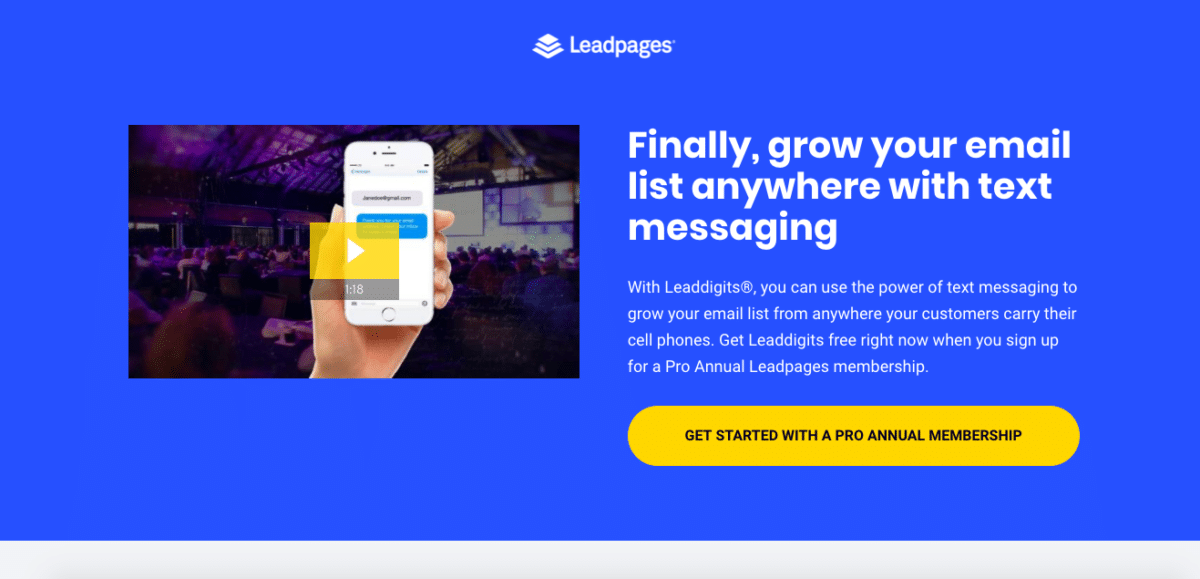
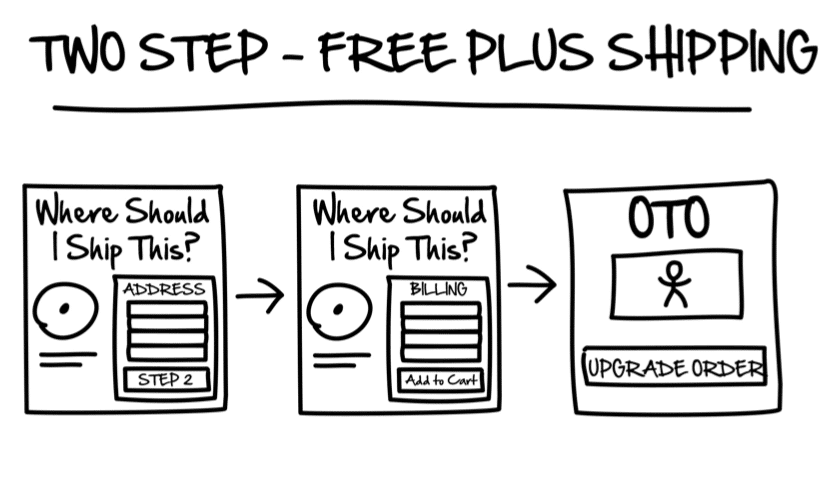
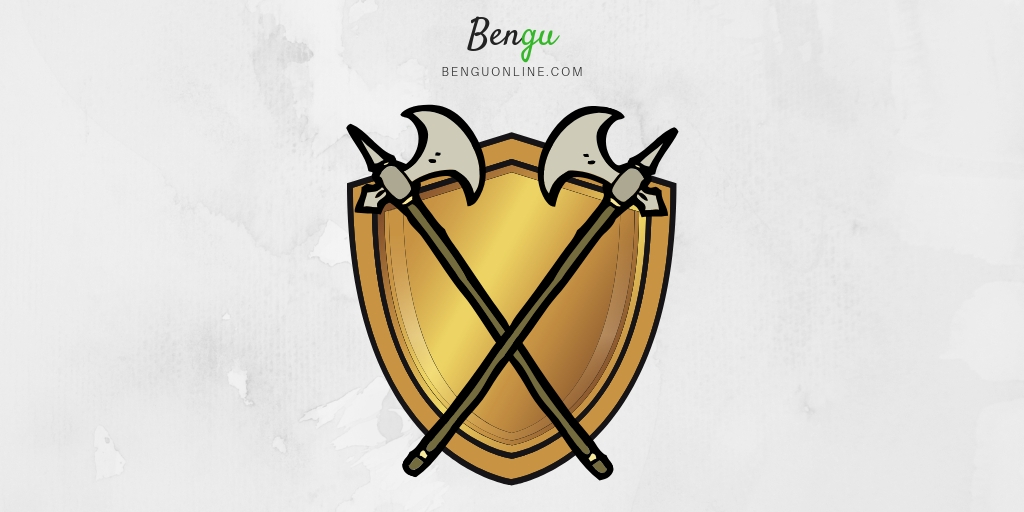


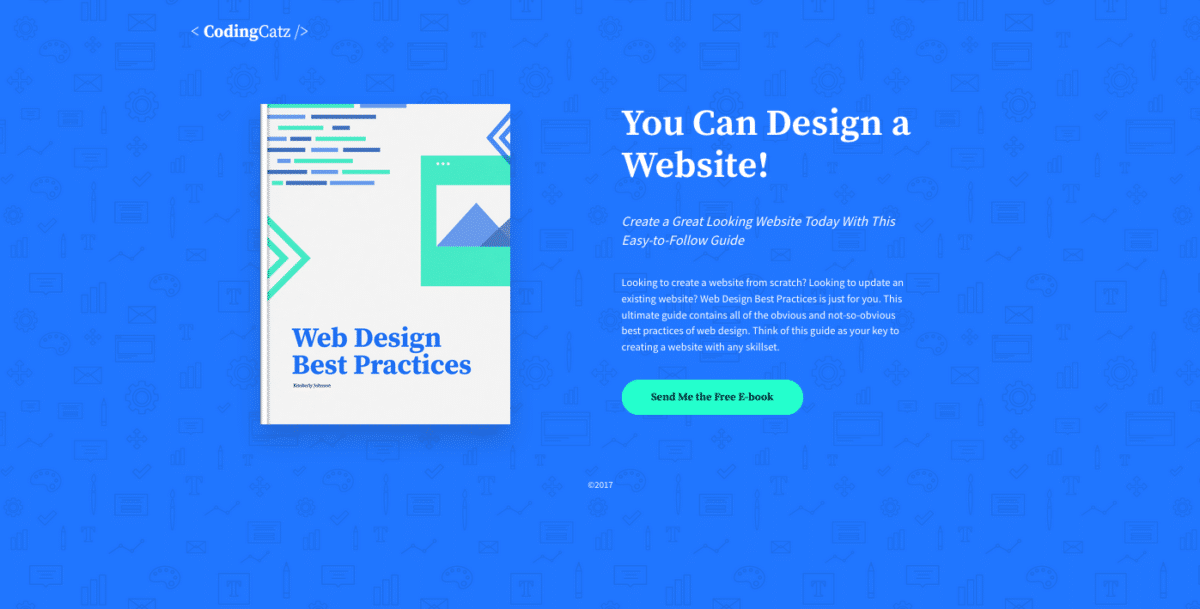
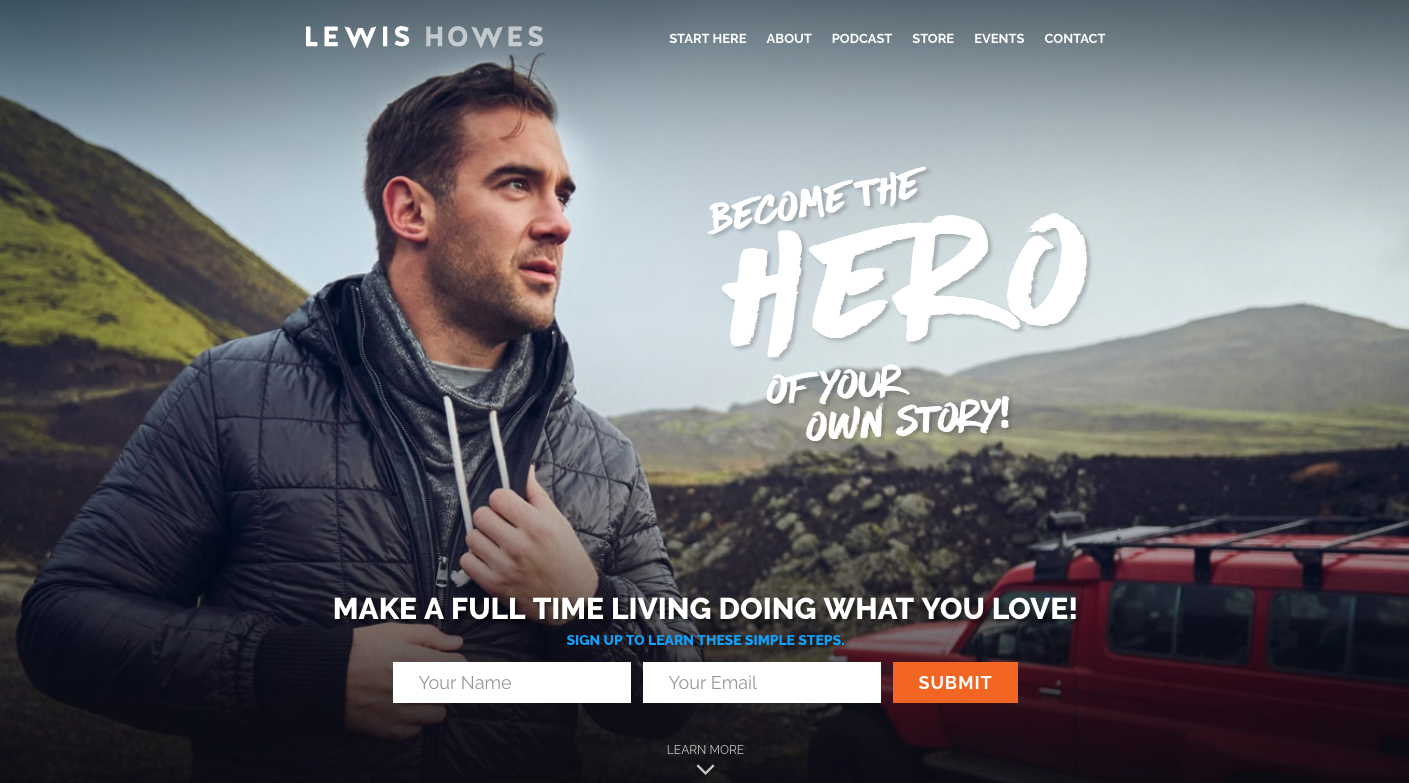
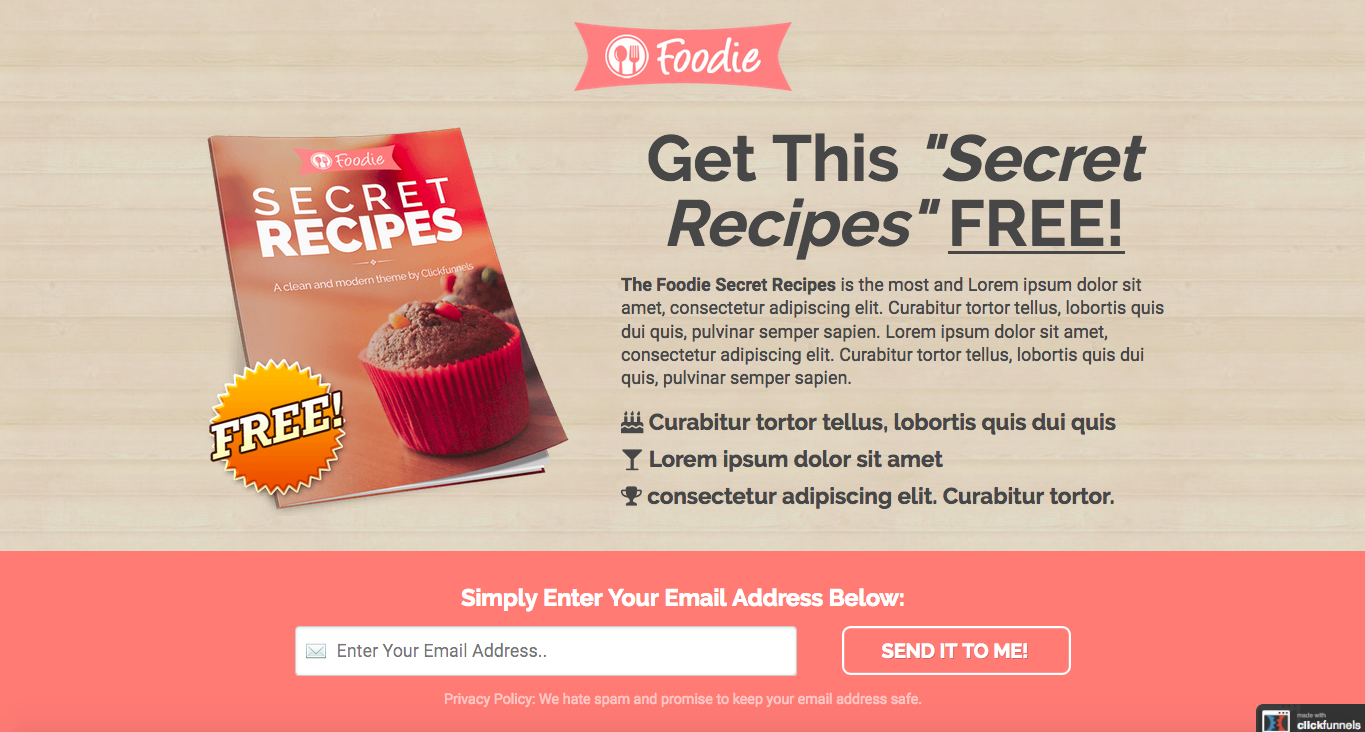
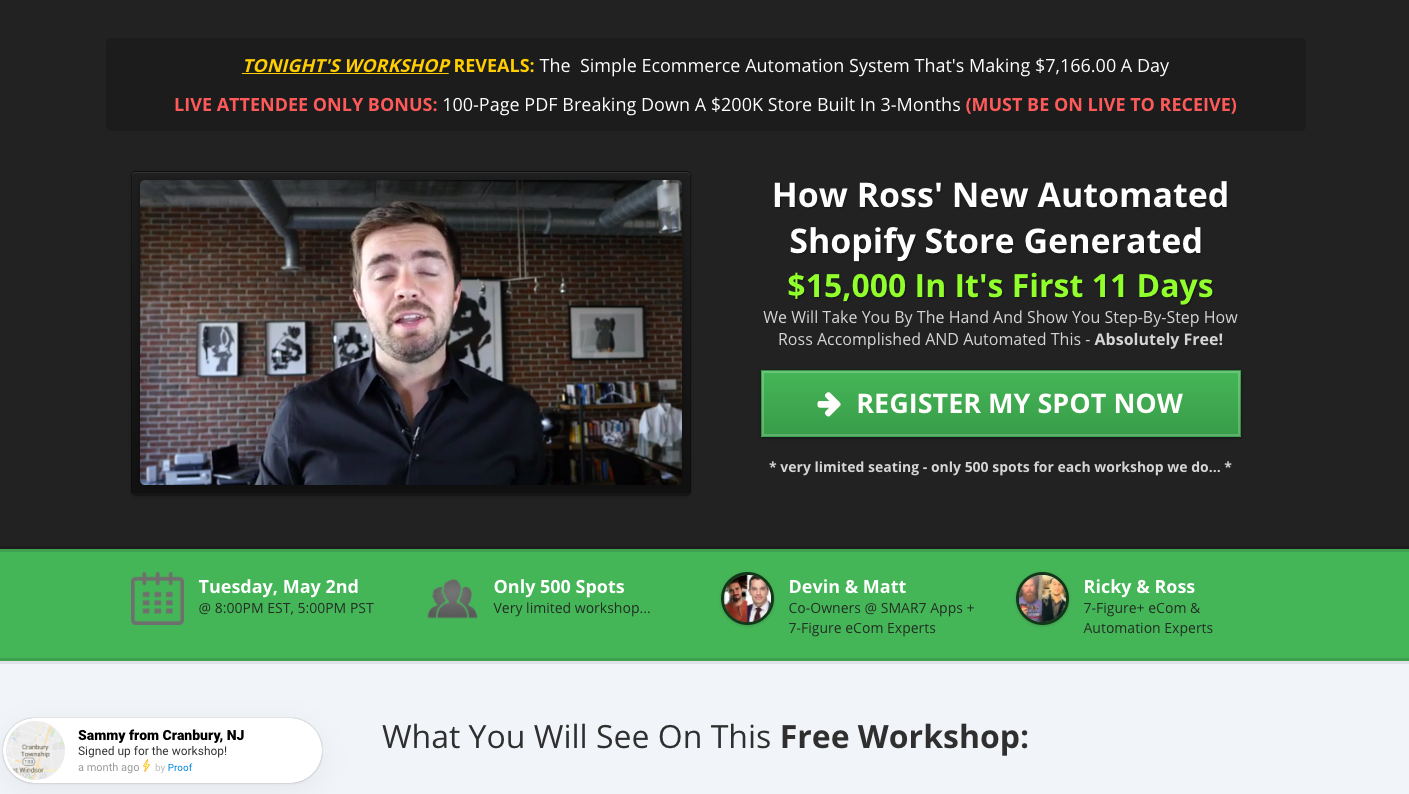

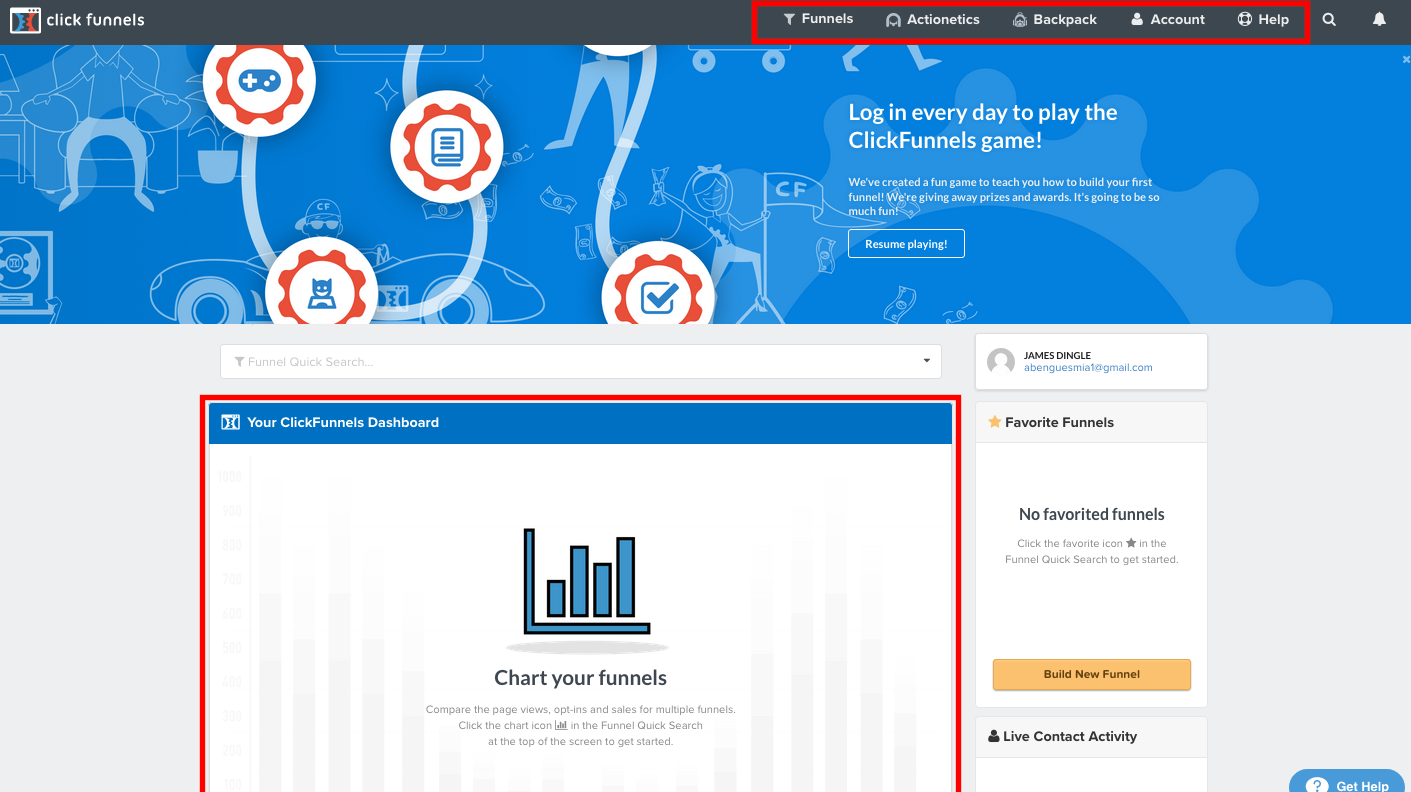
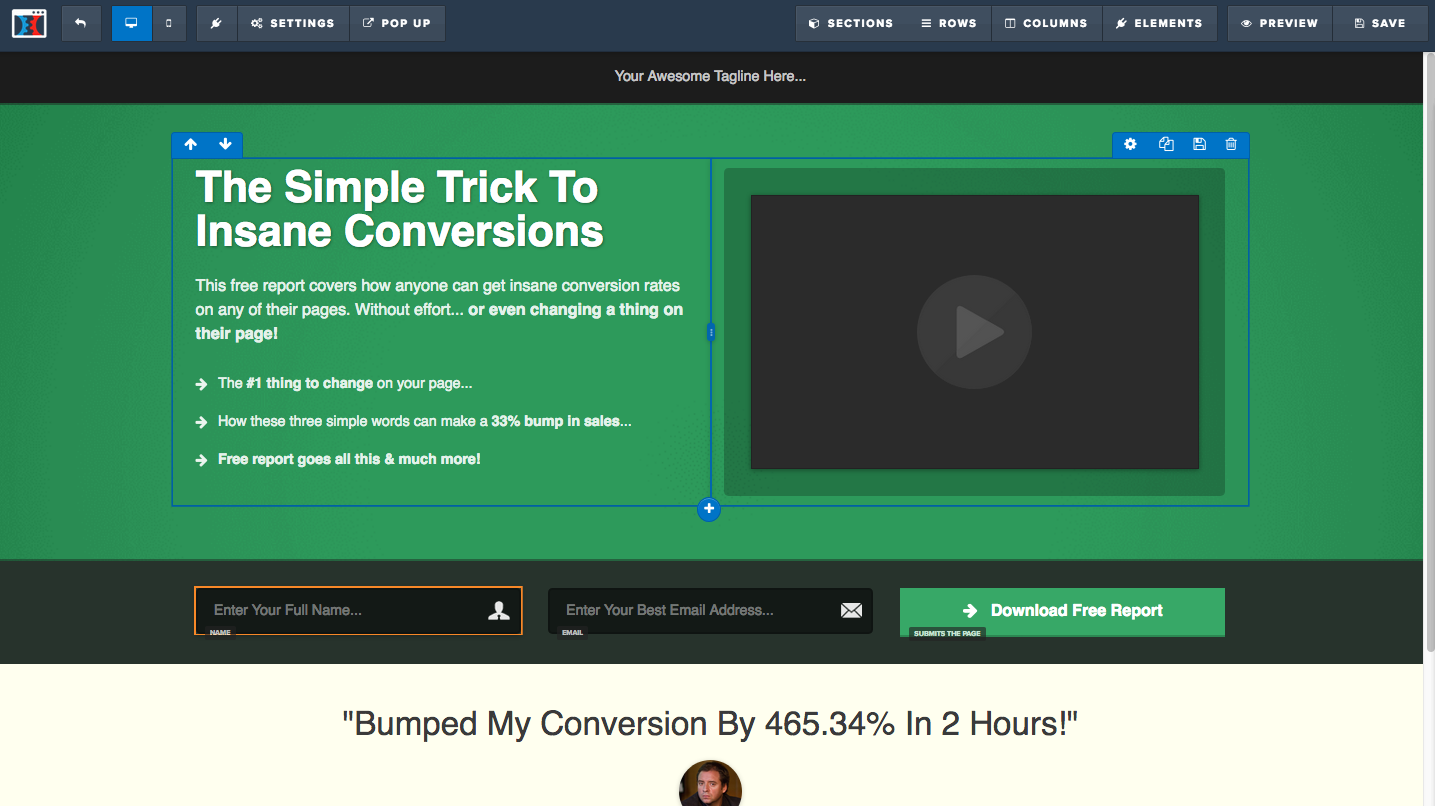
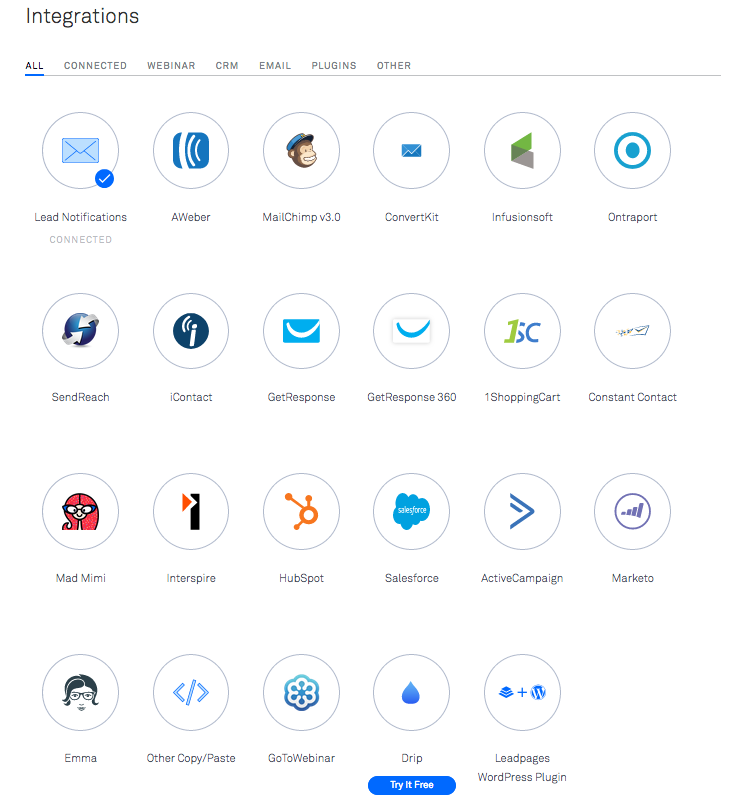
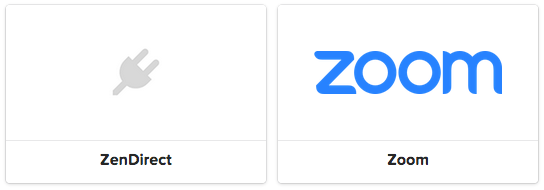
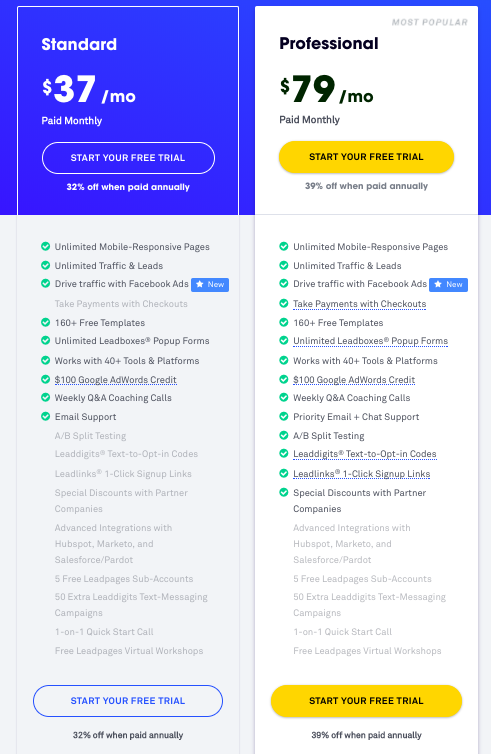
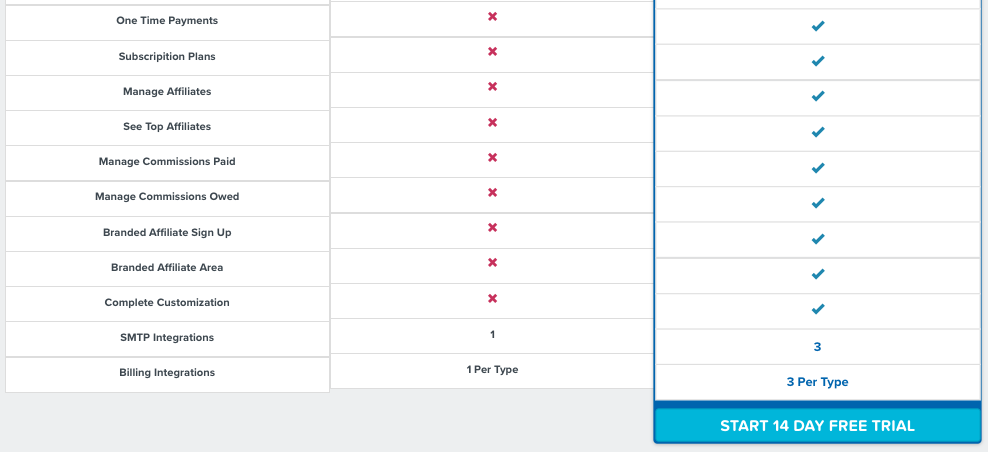
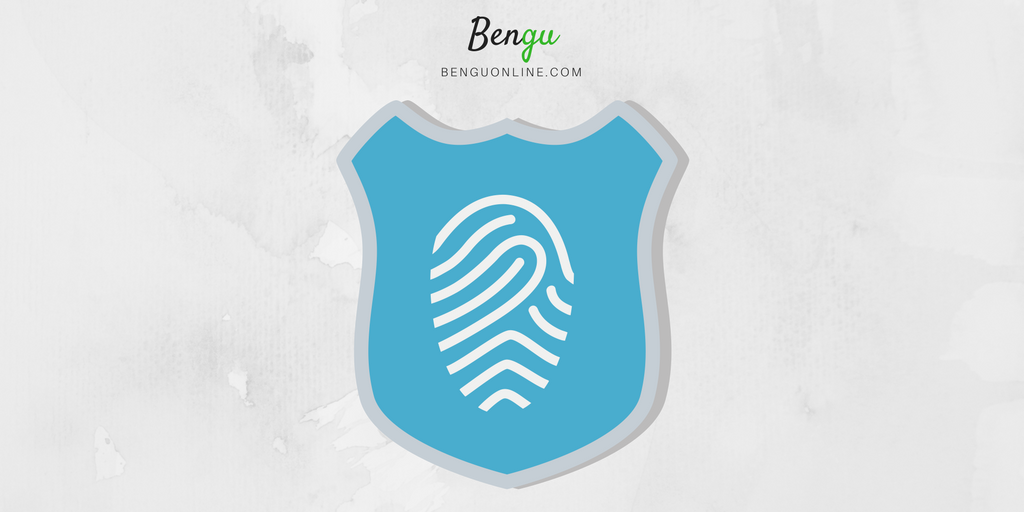
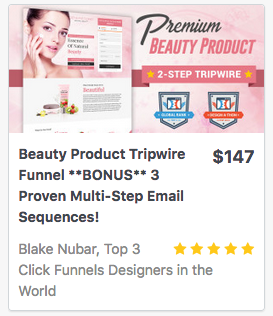
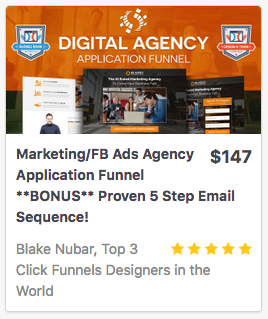
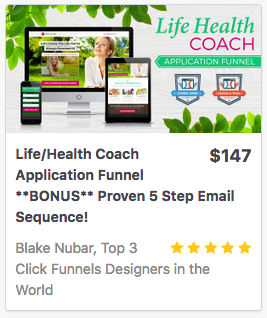
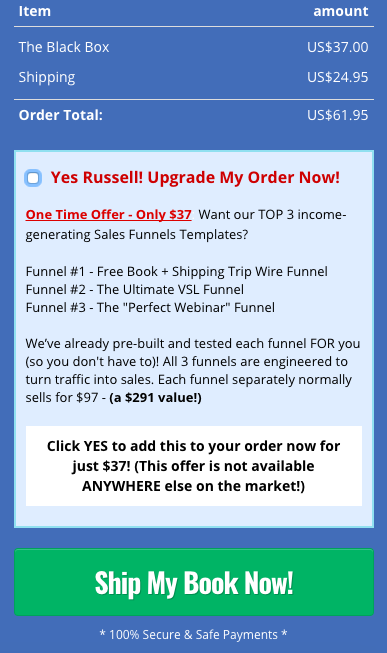
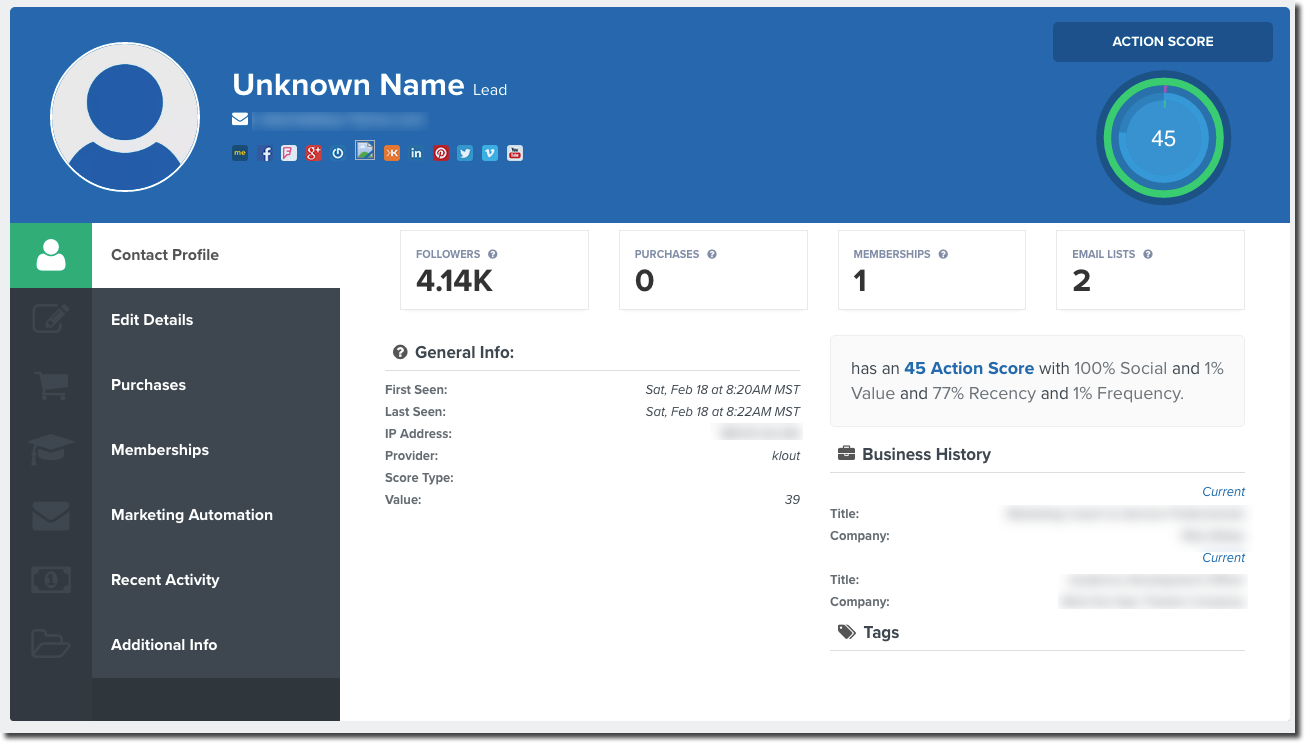
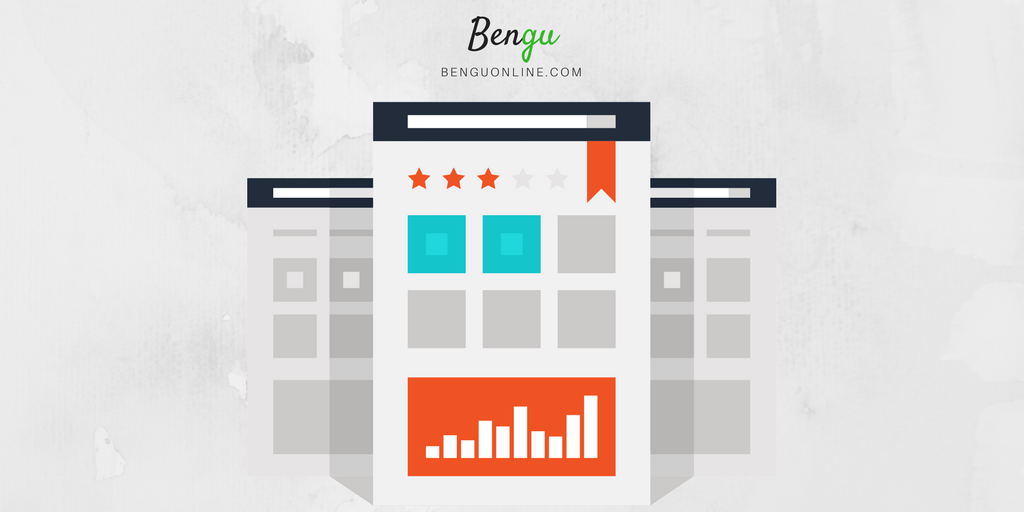
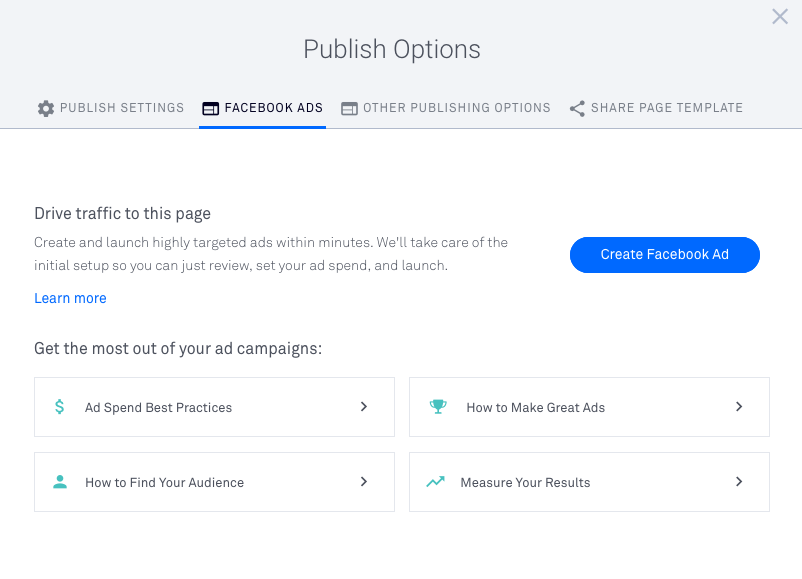
amazing story here Ahmad, surely it took me a while to research both the tools and true clickfunnels is the best according to my research too. I think i have seen it in action though I did not know exactly what tool it is in place awesome . I really learnt quite a lot here much appreciated
Thanks Sibongile! Really appreciate you taking the time to read the post and leave a comment. Clickfunnels is awesome! I think it offers so much more than anything else out there.
Very Good Post. Covered both very well!!!
Great read anf comparison between the two. Since I’m new to affiliate marketing and funnels, do you have any info or guidelines for Kartra. Thanks